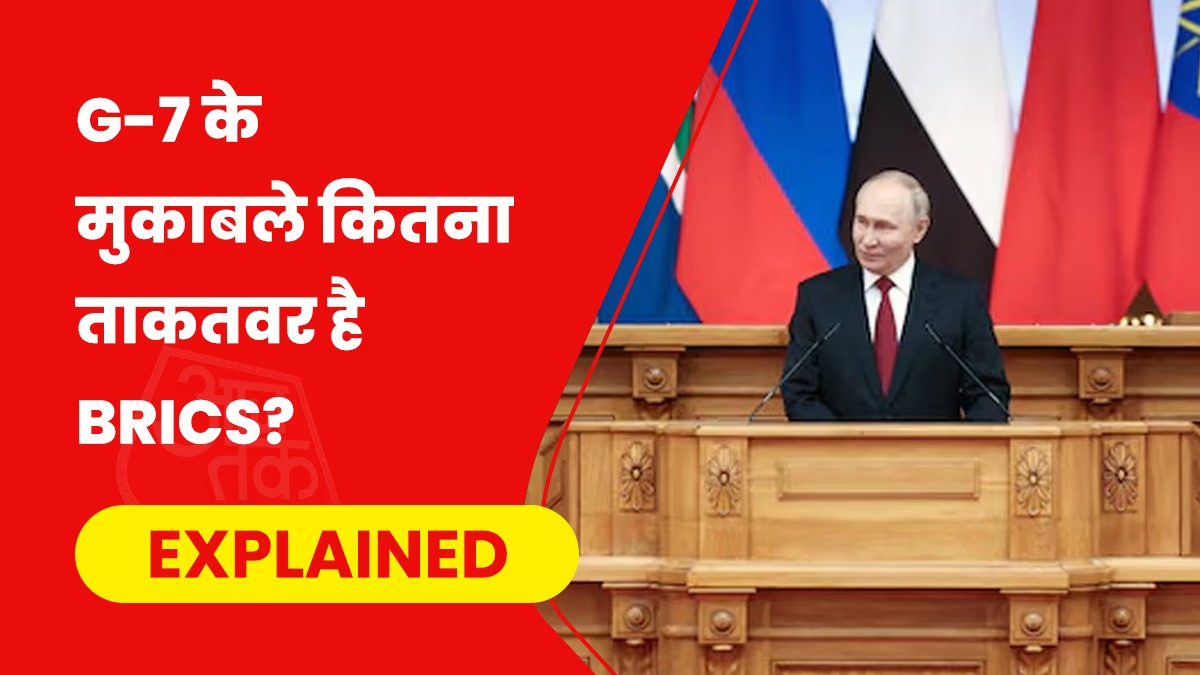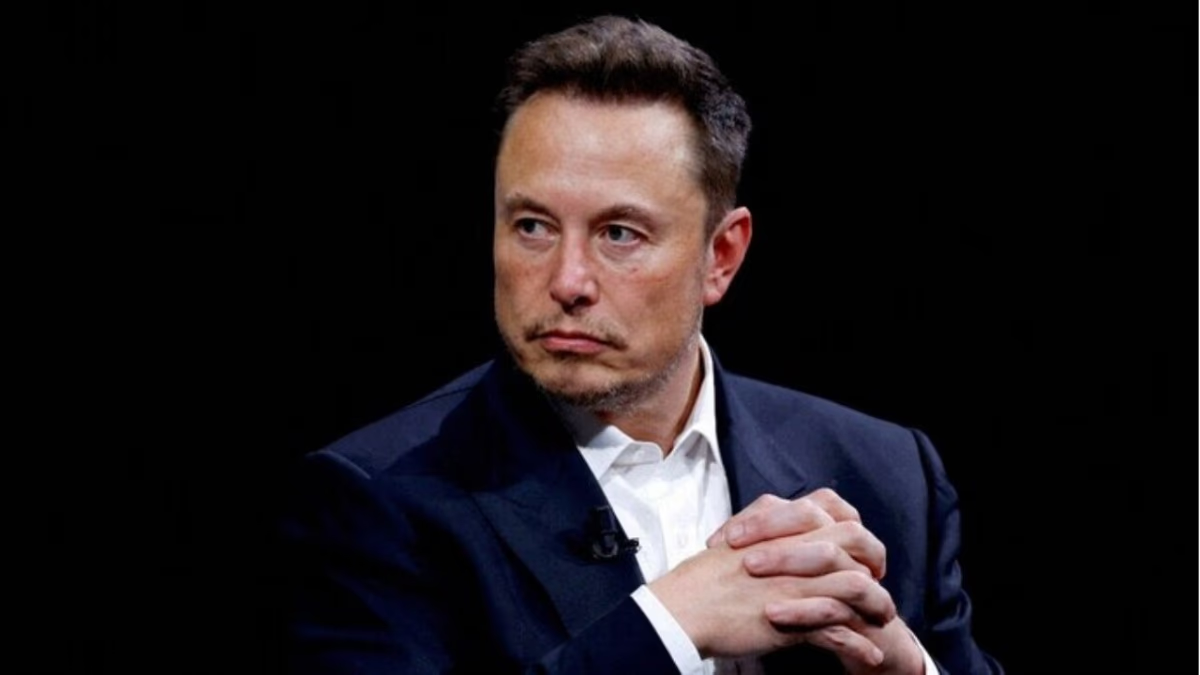Indian Prime Minister Narendra Modi has landed in Russia to attend the BRICS summit. The 16th BRICS summit will be held in Kazan, Russia, from October 22 to 24, drawing global attention to figures like Prime Minister Narendra Modi, Russian President Vladimir Putin, and Chinese President Xi Jinping.
It is anticipated that bilateral talks will occur between Prime Minister Modi and Russian President Putin. There’s also hope for a meeting between PM Modi and Chinese President Xi Jinping.
BRICS has emerged as one of the world's most powerful organizations in recent years. Last year, five new countries joined BRICS, bringing the total to 10 nations. Impressively, BRICS countries' GDP is more than double that of G-7 countries—an alliance of the world’s seven largest economies, including the USA, UK, Japan, Italy, Germany, France, and Canada.
BRICS' Domination in the Oil Market
Initially, BRICS comprised Brazil, Russia, India, China, and South Africa. Last year, Saudi Arabia, UAE, Egypt, Iran, and Ethiopia joined its ranks.
Even Argentina was invited to join BRICS but decided against it.
A staggering 6 out of the world’s 9 largest oil producers are BRICS members, including Saudi Arabia, Russia, China, Brazil, Iran, and UAE. This gives them a commanding influence over the oil market, accounting for over 43% of the global oil output.
BRICS’ Economic Standing
BRICS countries' economic influence continues to grow. During the BRICS Business Forum in Moscow, Russian President Putin highlighted that BRICS nations' GDP has surpassed $60 trillion, eclipsing that of the G-7.
Putin mentioned that since 1992, there’s been a rapid shift in the global economy. In 1992, the G-7 held a 45.5% share of the global GDP, while BRICS was at 16.7%. However, by 2023, G-7's share declined to 29.3%, while BRICS soared to 37.4%.
Additionally, BRICS nations collectively contribute 40% to the global GDP growth. Their growth rate is estimated at 4% this year. Moreover, 25% of global exports originate from BRICS countries.
Does the BRICS Expansion Pose a Threat to the U.S.?
Currently, BRICS consists of 10 nations, with over three dozen more eager to join, most of whom are at odds with America and the West. Their objectives are twofold: to diminish Western dominance and to reduce dependence on the US dollar in trade.
Russia and China are the staunchest proponents of BRICS expansion, as they stand in opposition to Western countries and America. Due to the war in Ukraine, Russia resents Western sanctions, while China works tirelessly to strengthen its global position by rallying smaller nations to its cause.
Hence, the expansion of BRICS may cause concern for the US. Both Algeria and Egypt, close allies of the US, wish to join BRICS—Egypt has already joined, a move the US was not keen on. US President Joe Biden once remarked that he prefers that his allies do not forge ties with other powers.
Additionally, if more countries join BRICS, they might agree to trade in their respective currencies, which would undermine the value of the US dollar. This scenario is desired not just by China and Russia but by several other nations as well.
Understanding BRICS
BRICS is a coalition of the world’s fastest-growing economies. Each letter in BRICS represents a member country: Brazil, Russia, India, China, and South Africa.
In 2001, economist Jim O’Neill from Goldman Sachs coined the term BRIC in a research paper, referring to Brazil, Russia, India, and China.
The first BRIC meeting took place in 2006. That September, during the United Nations General Assembly, foreign ministers from these four countries convened, solidifying the group’s name as 'BRIC'.
The inaugural BRIC summit occurred in 2009 in Yekaterinburg, Russia, followed by a second summit in 2010 in Brasilia, Brazil. It was then that South Africa joined, transforming BRIC into BRICS. Now, it is often referred to as BRICS+.




